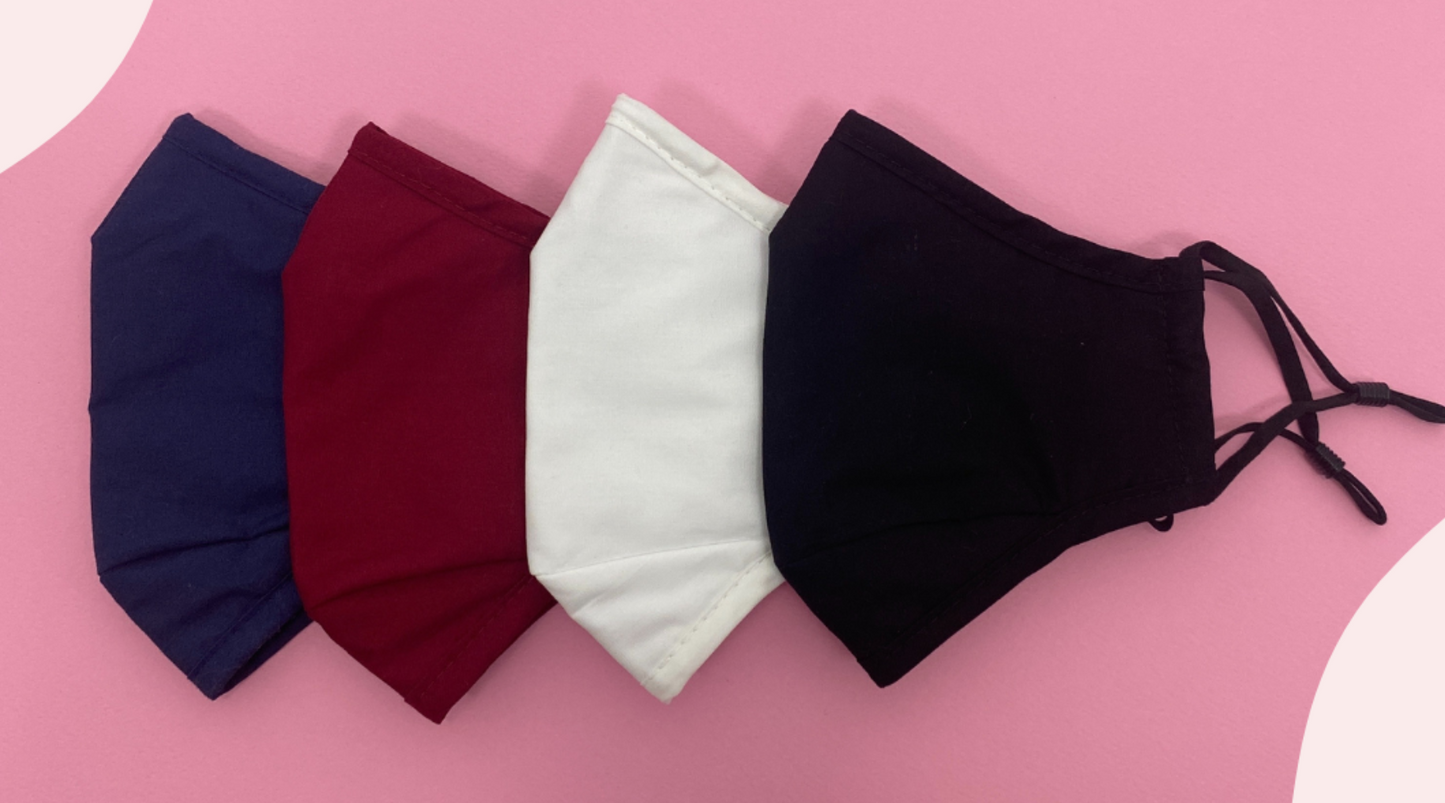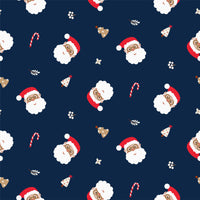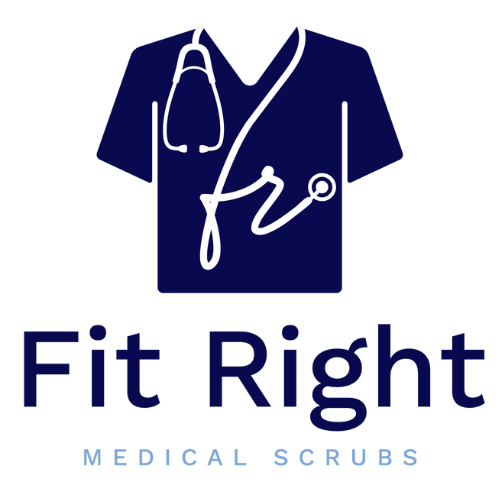
Being a face mask wearer during our current COVID-19 epidemic is one of the most significant things you can do to lessen the spread and ease some of the pressure off our overworked healthcare workers. But why? We've got all the replies to your burning questions about how masks control COVID-19 transmission and what they're used for.
What is the purpose of a face mask, and why should you use one?
COVID-19 like many other infections, it may be transferred through respiratory droplets in the air (also known as aerosols). These tiny particles result when you sneeze, cough, talk, shout, sing, or breathe. COVID-19 is most frequently transmitted among individuals who are in close contact with one another (6 feet), according to the CDC. That is why social distance and the usage of masks are so crucial for slowing down COVID-19 transmission.
What, exactly, are face masks for? When you wear a mask outside, the layers of fabric act as a barrier to keep most of the vapours from reaching those around you. Masks that cover your mouth and nose trap droplets before they can spread.
If you aren't exhibiting any symptoms of the coronavirus, how can face masks assist you? COVID-19 can still be found and spread in asymptomatic individuals. The accumulation of droplets is prevented by wearing a mask in public places. Fewer individuals become ill, and more hospital space is available for those who do get infected with COVID-19. Are face masks effective? Yes, they are.
Face coverings have been utilised in healthcare settings to prevent droplets from hitting the ground and splashing about., splashes, and sprays from passing. On a similar principle, they are slowing the virus' spread works. Masks keep a substantial portion of the tiny particles you expel from your respiratory system and into the environment.
The answer to "Do face masks work?" is yes! We put on masks to slow down the transmission of particles that might contain COVID-19. What your face mask is composed of will determine how effective it is. Fabric covers should have at least two layers to protect the wood from moisture and dirt and be made of a woven, breathable material like cotton. Masks should fit comfortably but not slide off your chin or nose when you talk.
Is it alright to wear a mask while I exercise?
- Before putting on your mask, please clean your hands, remove it, and touch it.
- Tie or fasten your mask securely around your ears or behind your head. Make sure the tightness is just right, not so tight or loose that there are holes around the edges. Ensure that you can breathe comfortably.
- Make sure the mask covers your mouth, nose, and chin.
- While wearing your mask, could you not touch it? When possible, adjust or remove your mask using the ear loops rather than the front of the mask. After handling your mask, wash your hands.
Choosing the finest COVID-19 face masks:
With that in mind, we recommend selecting the most suitable COVID-19 mask. There are several types of masks for COVID-19, but many should be treated as personal protective equipment (PPE) due to a shortage. Most individuals in public places can use disposable, non-medical masks or a cloth face mask with a filter pocket.







































